Report this entry
More from the same community-collection
Brother Brenden Hayden - 1996 - El Paso, Texas
Brother Brenden Hayden Cathedral High El Paso,Texas 1996
Cathedral High School - Homecoming Court - 2006 - El Paso, Texas
The 2006 homecoming court: Joseph Torres, Frank Rayas, William ...
Cathedral Irish Standard - Tradition - 2006
Homecoming week at Cathedral High in El Paso, Texas is started ...
Cruz Barrios de Cazares and Children - El Paso, Texas
Cruz, esposa de Felipe Cazares, mather of Carlota, Altagracia ...
Felipe Cazares with other revolutionaries
Felipe Cazares, third from the right, great grandfather of Jorge ...
LeighD and Nathaniel next generation valley kids.
Our valley babies keeping the valley proud and pushing us ...
Proposal on Wyler Aerial Tramway at Franklin Mountains
My favorite view of El Paso. Proposal on Wyler Aerial Tramway at ...
St. Patrick's Cathedral Elementary School - 1956
St. Patrick's Cathedral Elementary School El Paso Texas 1956
St. Patrick's Cathedral Elementary - 1980 - Stella Marie Cordova
Stella Marie Cordova S.L. - Principal of Saint Patrick's ...
St. Patrick's Cathedral Elementary - 1980
St. Patrick's Cathedral Elementary El Paso, Texas- 1980 ...
Cathedral High Alumni - Dan Haggerty & M. John Ross- 2002
Cathedral High Alumni - Dan Haggerty - with M. John Ross grad - ...
Cathedral High School - M. John Ross & Brother Mel - 2002
Cathedral High School - M. John Ross with Brother Alphonse ...

















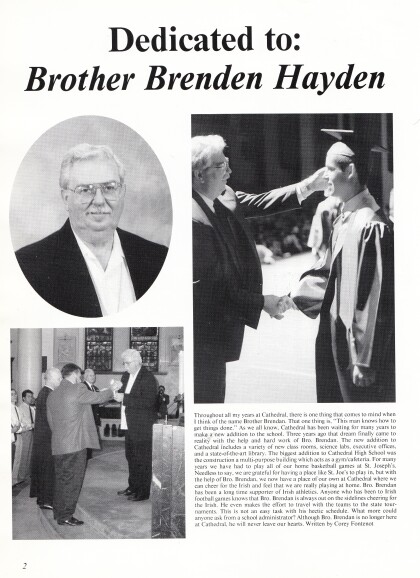
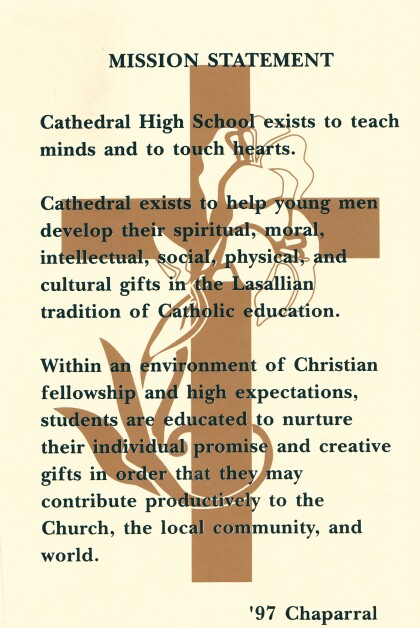
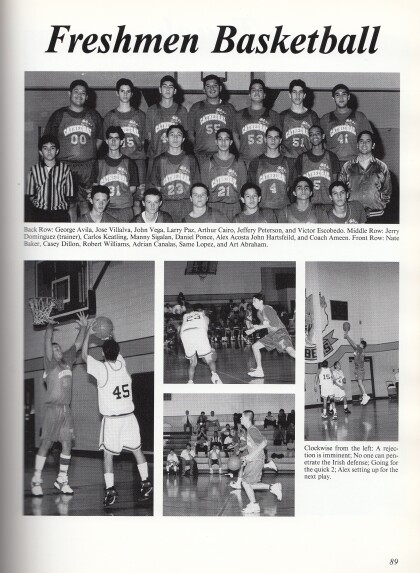
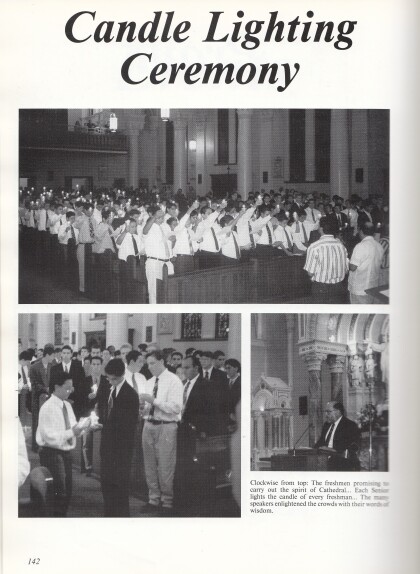
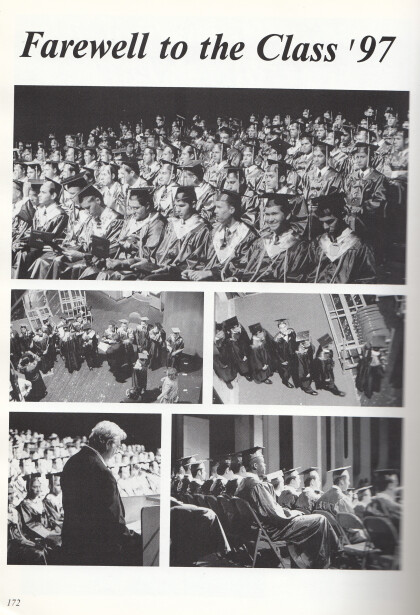

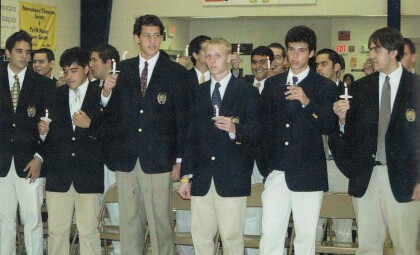
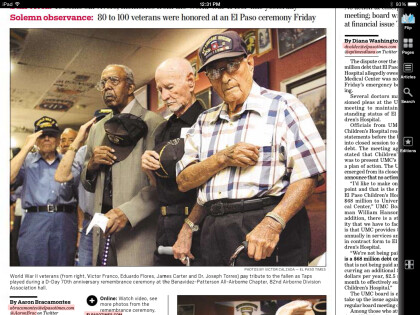
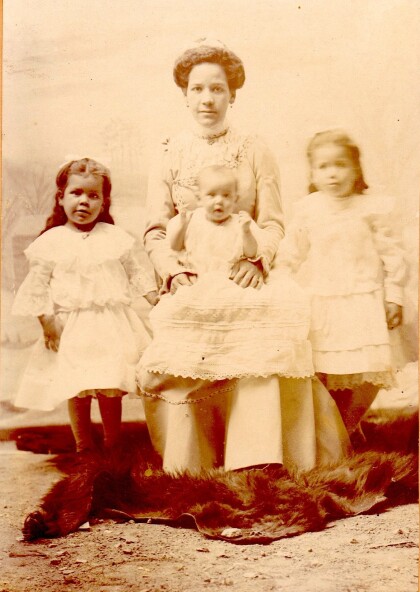
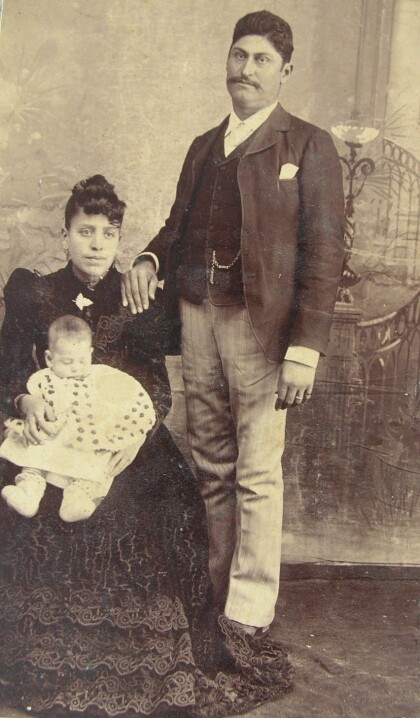
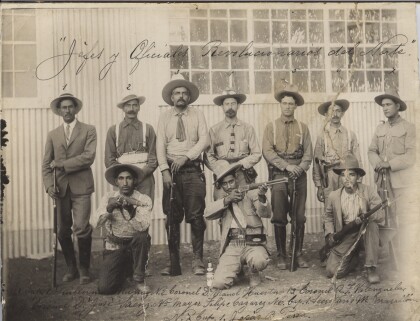
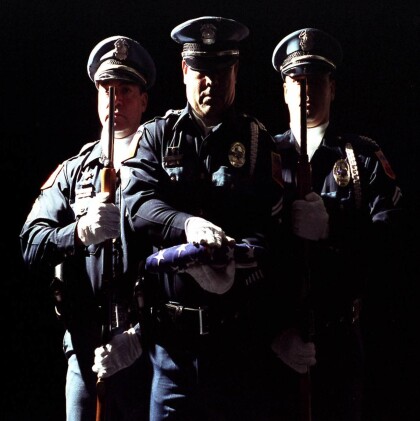


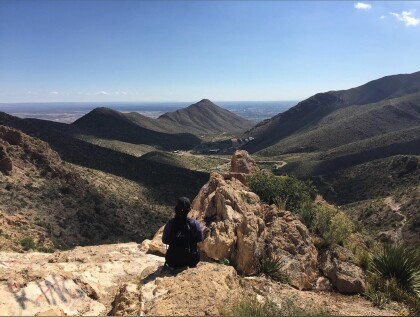
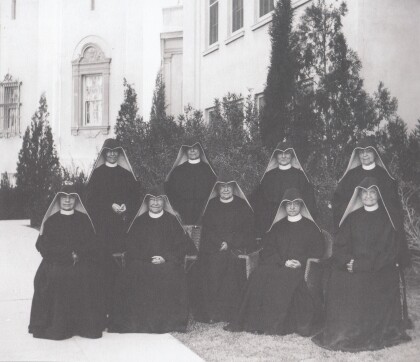
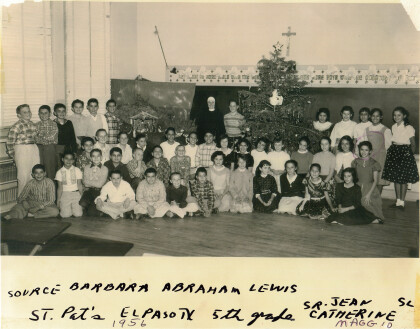


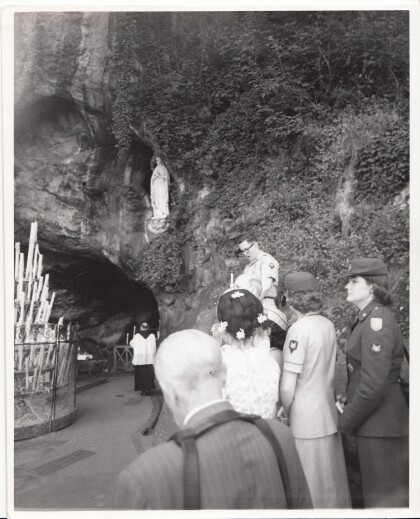
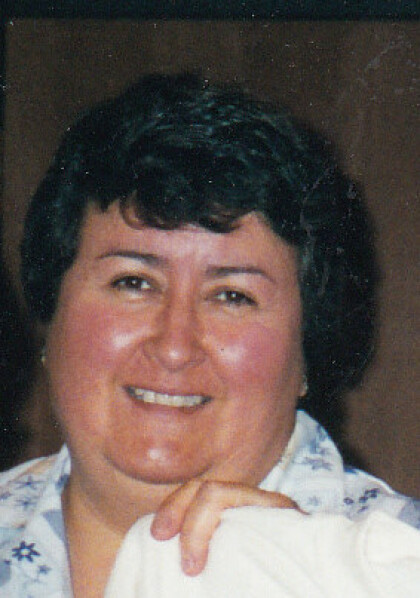
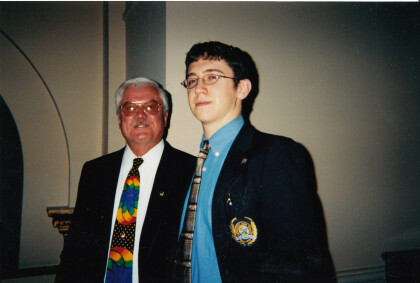
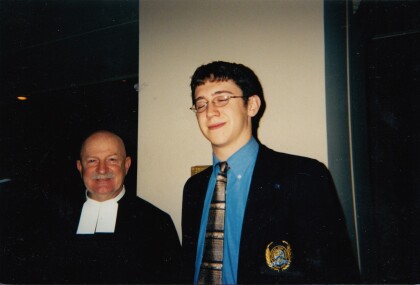
Comments
Add a comment